| Ticket Price | INR 50 per person, Free for students [only with recommendation letter, not ID card] & children below 8 years. |
| Timings | 06:30 am to 07:00 pm [April to October] 08:00 am to 05:30 pm [November to March] |
| Location / Address | Naya Khera, Vidhyadhar Nagar, NH – 8, Jaipur [View on Google Map] |
The gorgeous visions of huge sandscape terrain enchant our thoughts as soon as we hear the word ‘Rajasthan.’ Do you like the notion of running in the desert? In Jaipur, do you want to experience the adrenaline and thrill of the desert? Your wandering soul will be satisfied at Jaipur’s Kishan Bagh park. Kishan Bagh is a desert park that most adventurers are still unaware of. The desert park is overflowing with surprises, excitement, and undiscovered rural treasures.
Kishan Bagh is one of the city’s vast open spaces, spanning 30 acres and located squarely within the city limits. It is Jaipur’s first desert park, located at the foothills of the Nahargarh Fort. The restored landscape of Kishan bagh idealizes the nature of the desert. This ecological park shines a light on Rajasthan’s exquisite natural heritage, with its multicolored desert dunes, crystal clear water bodies, and various vegetation. It’s the ideal getaway for anyone seeking serenity and fresh air away from the city’s hustle and bustle.
Story Of Kishan Bagh

The park has seen an extraordinary change from a vast deserted dry area to a vibrant ecological park and a haven for nature enthusiasts.
Kishan Bagh is a natural setting that surrounds a palace erected by Prince Jagat Singh, son of Mirza Man Singh of Amer. Prince Jagat Singh married a foreigner, Mariam, and constructed her a palace, which he named Mariam Mahal. She lived in this palace, which was constructed in the midst of beautiful scenery. The Kishan Bagh is the name given to the area surrounding the palace.
Destruction Of The Natural Setting
In the past, sandy patches could be found near the slopes of the Galta Hills and the Nahargarh Fort Hills. As the city grew and expanded, the area became overgrazed and littered with shards of broken beer bottles, much like a careless caravan of sand dunes in Jaipur. Land formations and water flow patterns changed. The park’s vast, wind-swept beauty of waving grasses and plants was soon flanked on both sides by densely erected bastis.
The Failed Endeavour
Winds from the Thar desert in the far west blow against the Nahargarh hills, forming the dunes that remain today. JDA was inspired to repair the landscape as a result of this. JDA had already worked on building a cactus garden here but they didn’t survive and their effort wasn’t successful and became a disaster.
How the concept became a reality — In January 2016, the Jaipur Development Authority (JDA) showed this enormous desolate field to Pradip Krishen, an environmentalist, and asked for his views on transforming it into a public park. Pradip Krishen was given the task of restoring the Kishan Bagh dunes to a natural desert setting after working on the difficult location of Rao Jodha Rock Park in Jodhpur.
Kishan Bagh’s Ecosystem
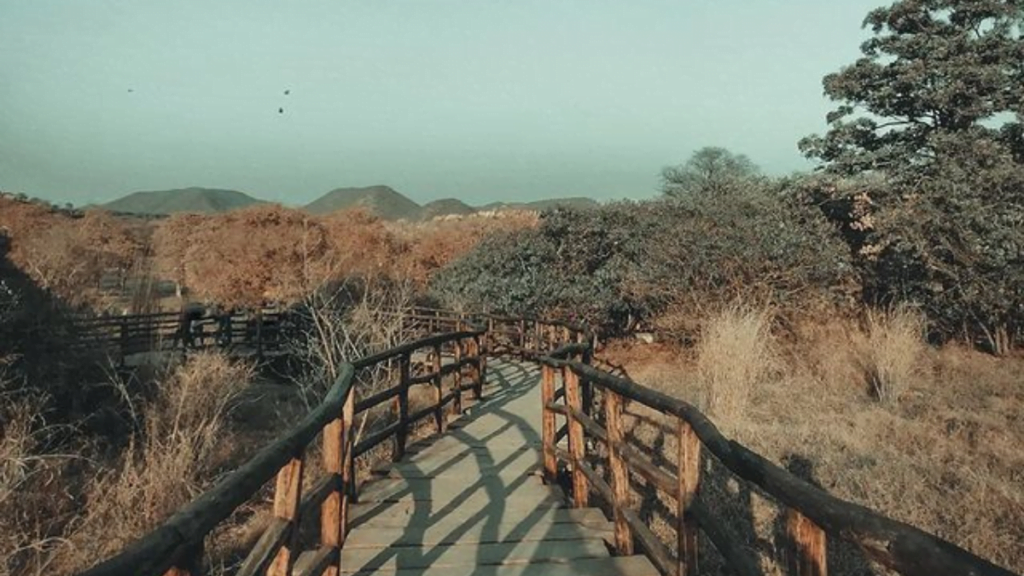
The city of Jaipur is on the cusp of two rich ecological zones, but it has so far ignored them. Kishan Bagh provides an opportunity to appreciate these beautiful but rapidly disappearing habitats. This masterfully designed park portrays the story of sand in all of its forms.
Flora: The park focuses on the Roee ecosystem, which includes Seenio, Bui, and Kheemp. There is more to the flora of western Rajasthan than the Roee terrain. To name a few, there are trees such as Khejri, Rohida, Kumatiyo, Akada, and Datura. Dhok trees and Sarkanda or Munj grass can also be seen in their natural state.
Fauna: When it comes to fauna, Kishan Bagh’s ecology supports a diverse range of birds, insects, and mammals. Grey Francolin (Teetar), Indian Roller, Myna, Indian Robin, Bee Eater, Peacock, Desert Fox, and Nilgai are just a few of the many species.
Highlights Of Kishan Bagh
Roee Habitat: The Roee landscape dominates the park’s environment. The optimal conditions for the growth of many shrubs and plants are traced in this ecosystem. The top layer soil from western Rajasthan was used to mimic the terrain. With the local Seenio, Bui, and Kheemp, the park creates a natural landscape. The chinkara deer’s favourite meal is seenio, which becomes dry in the summer and green when rain returns to the air. Bui has white cotton-like vegetation, while Kheemp bushes grow up to 7 to 10 feet tall in and around the sand dunes.
Dhok Habitat: Dhok trees may be found in abundance on the Nahargarh fort’s hills. These hardy trees are among those that have survived the Aravali Hills’ harsh climate. They are capable of adjusting to vertical slopes and a shortage of water.
Granite Habitat: The Aravali hills’ granite is the most visible landscape. Many plants, such as Chasmophytes, can be found growing in the holes of these millions-of-year-old rocks. These are tough plants that have been found to thrive in environments with limited resources, such as a tightly packed opening and sparse soil.
Desert Rocks: This habitat can be found towards the start of the route that leads to the Kishan Bagh eco-far park’s end. This wide promenade is lined with a variety of boulders from the Aravali mountains. One of the most prominent stones among these sandstones is the sandstone. Quartzite and Rhyolite are two other noteworthy stones. Quartz is most commonly found in the Aravali hills near Jaipur. Stromatolites, a fossil-bearing rock, is one of Rajasthan’s lesser-known stones.
Final Words
Kishan Bagh will serve as a breath of fresh air and a pleasant stroll, as well as a magnet for birds and young naturalists, a lesson in local ecology and geology, and a reflection on the city-countryside relationship. No visitor, however, will go home empty-handed.


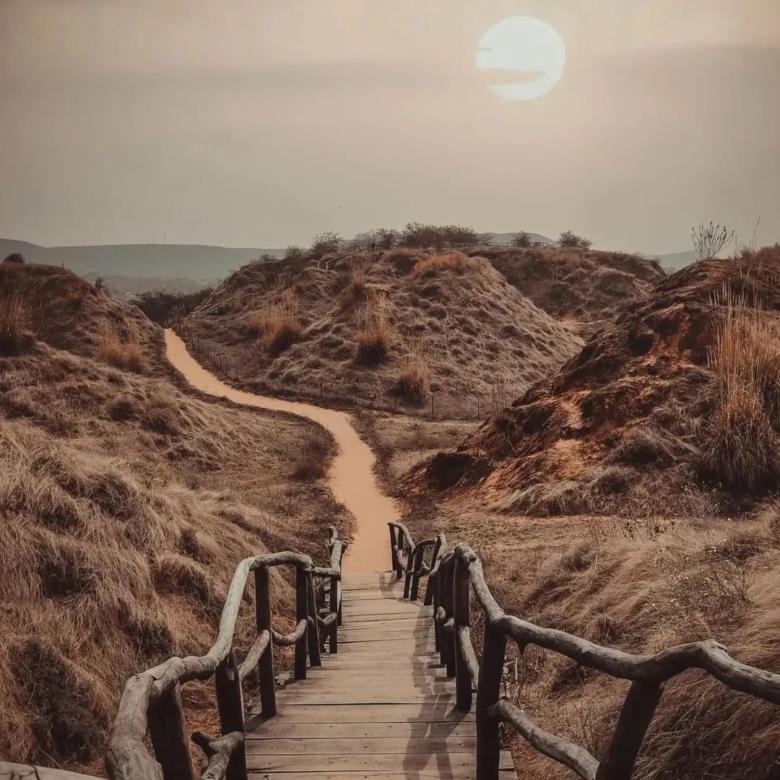

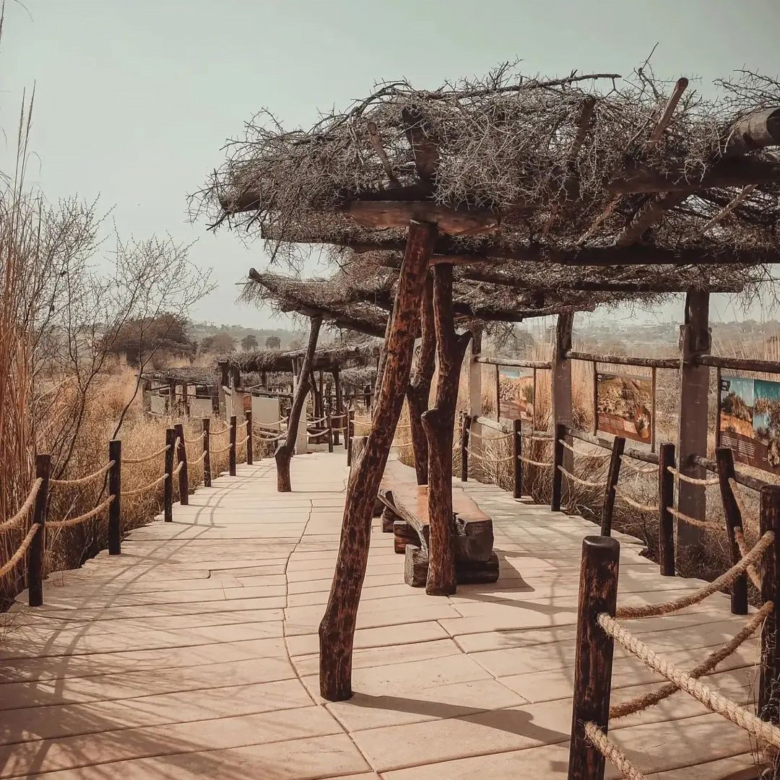





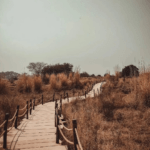



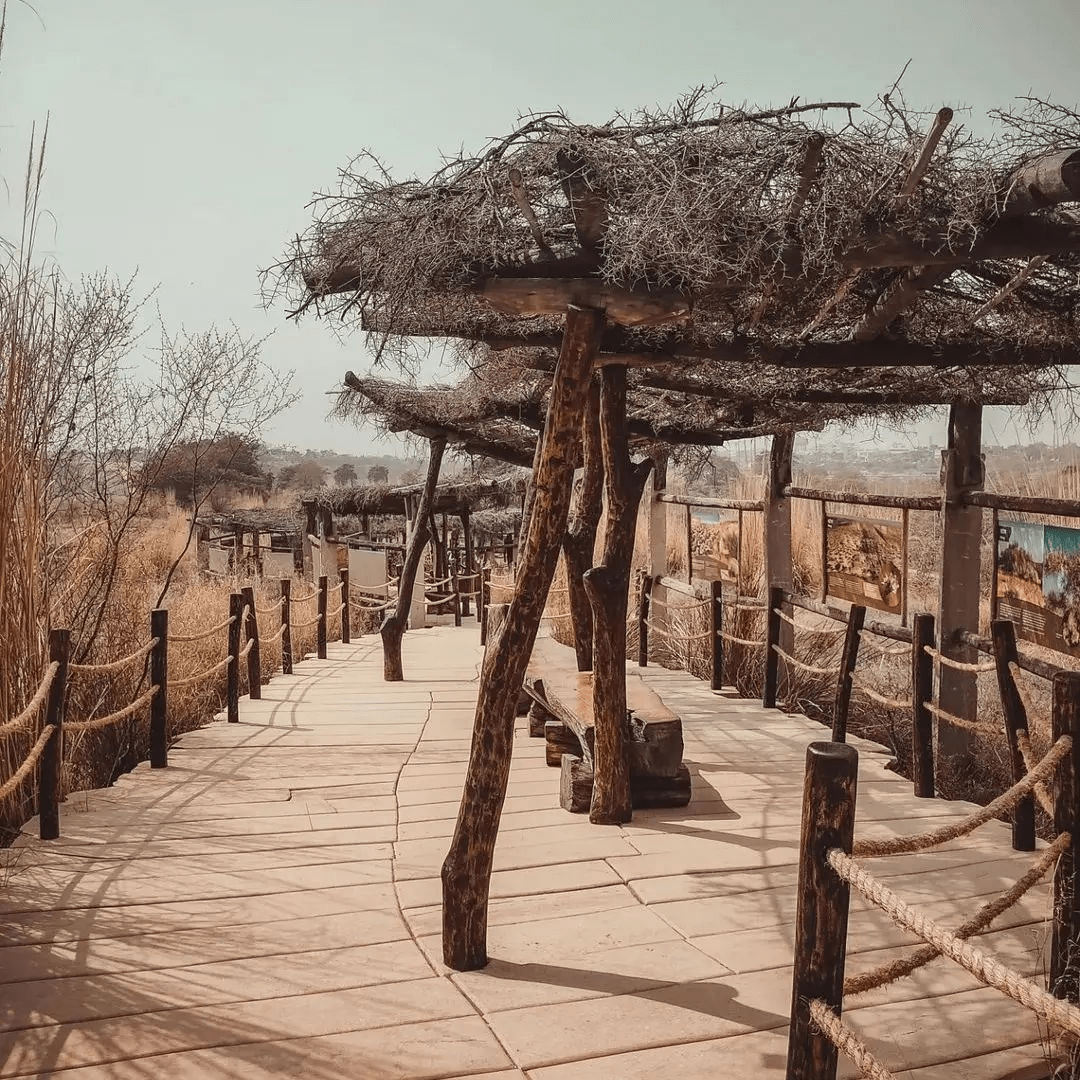
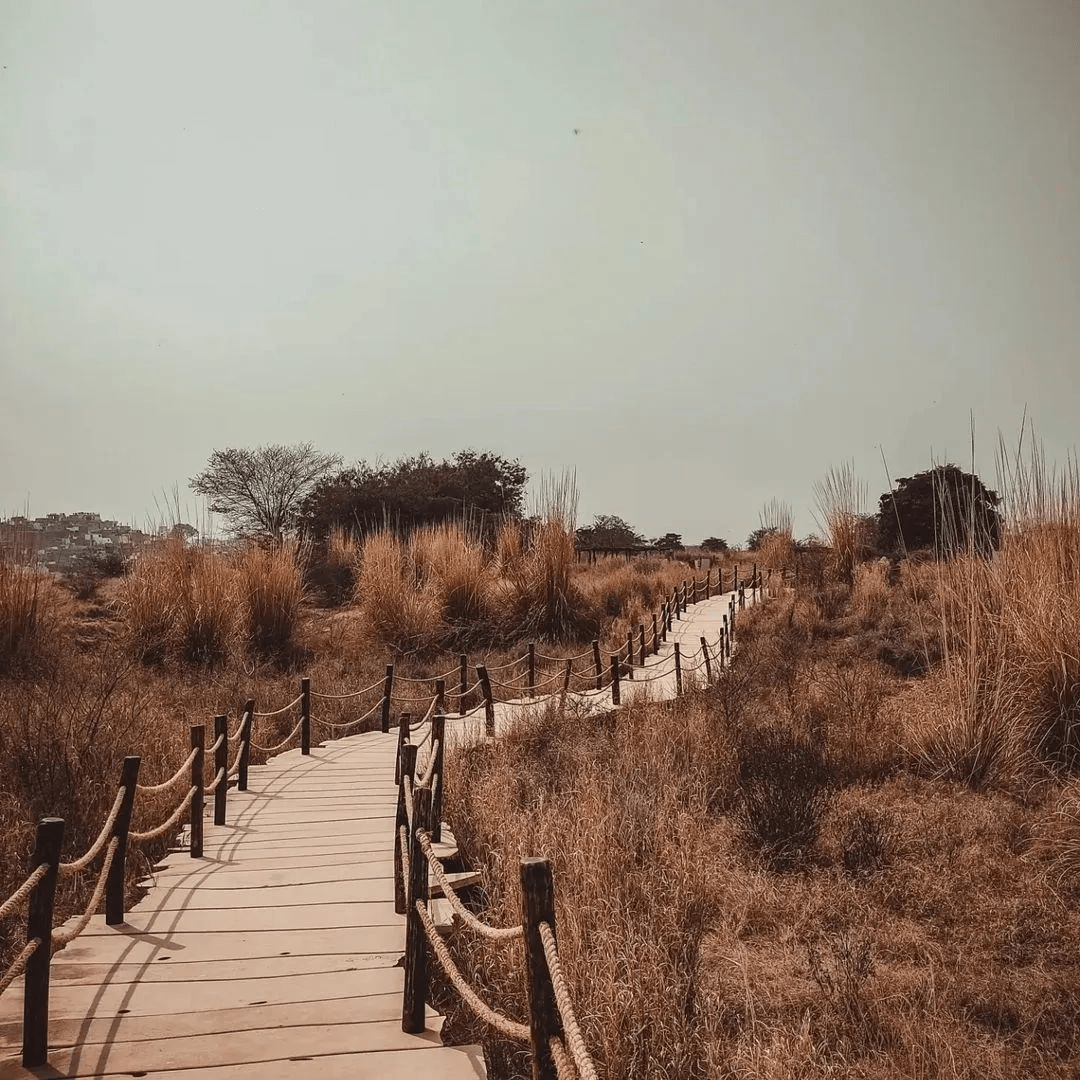

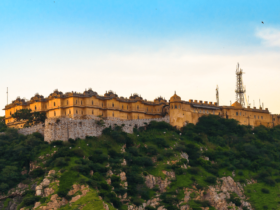
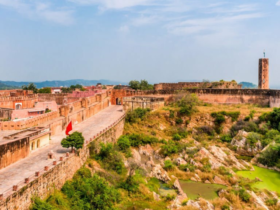

Leave a Reply
View Comments